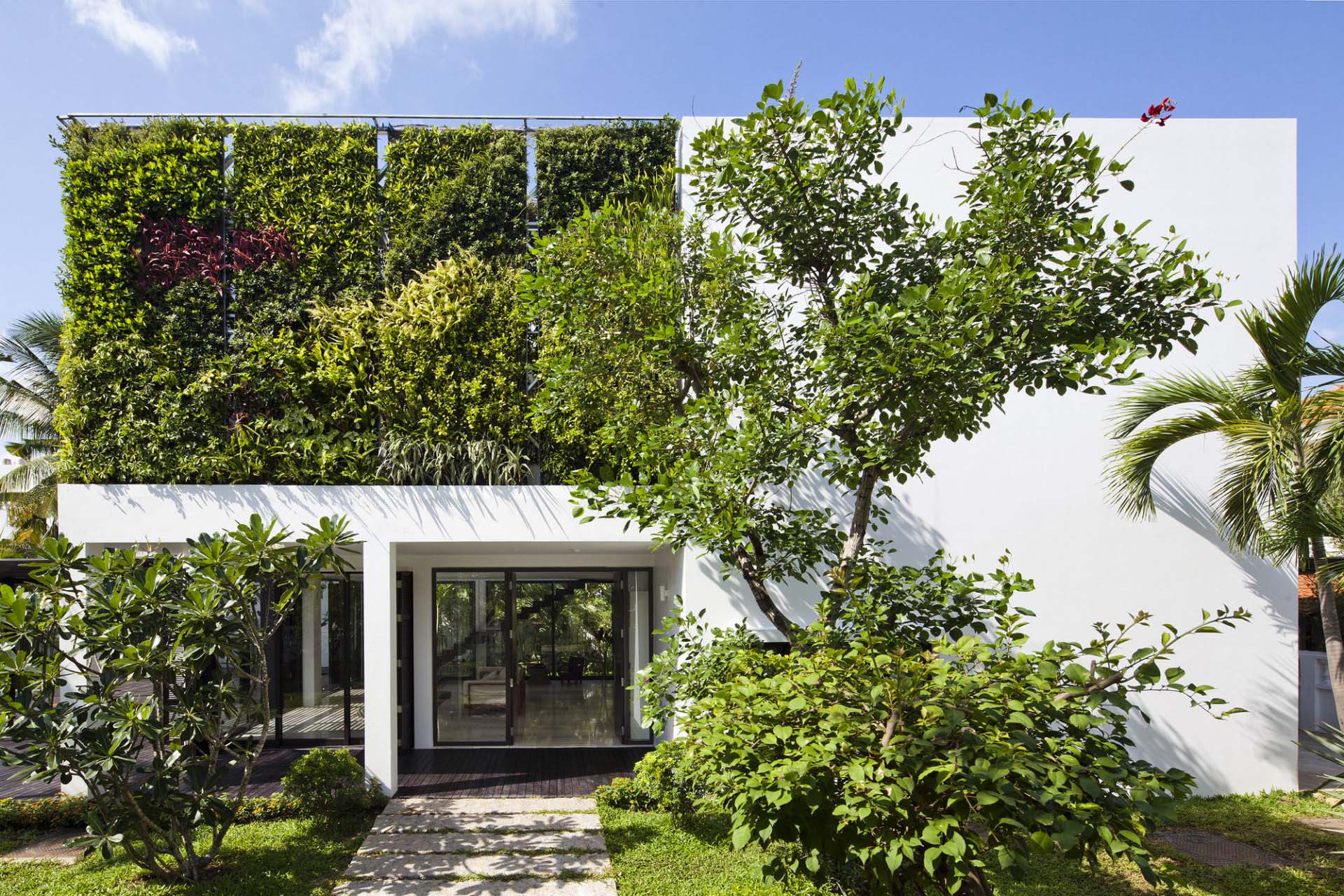
Making your plot cozy by greening it is a great idea. But what to do if there is a catastrophic lack of space for planting? Abandon this idea? Never! After all, today there is such an interesting direction in landscape design as vertical gardening.
In general, mankind has known about vertical gardening for a very long time. It was first discussed after the appearance of the hanging gardens of Babylon (today they are considered one of the seven wonders of the world). These gardens had the appearance of a stepped terrace, which was covered with climbing roses.
Vertical gardening is one of the most popular types of landscape design. Today, greening of roofs and walls of houses, original architectural details, which include gazebos, pergolas, vertical flower beds and various arches, are in great demand. If such elements are present on your site, then experts recommend that you definitely think about their landscaping.
Vertical gardening is based on climbing plants. Their attractiveness depends on how correctly you arrange them and what kind of support will be at the base. Thanks to vertical gardening, you can gracefully design your garden and even hide unsightly walls or areas on the site.
GREENING OF ROOFS OF BUILDINGS
Nowadays, greening roofs of houses is the most effective, and often the only possible method of greening in the city. In our time, the time of overpopulated cities, where the lack of plants begins to seriously affect human health and worsens the microclimate, where a piece of your own land is extremely expensive, there is practically no opportunity to use territories for green plantings.
The main advantage of green roofs is that plants on roofs soften the impact of temperature changes and, for this reason, help regulate the microclimate in houses. A green roof becomes a buffer between the interior of the building and the outside environment. Green roofs reduce the temperature in the summer and prevent a sharp drop in winter. The calculated economic effect of green roofs is a reduction in the cost of air conditioning in the summer and heating in the winter, on average by 25 percent. And today, green roofs are used with great success in many cities around the world.
GREEN WALLS OF YOUR HOME
High-quality green walls will add coziness and warmth to your home and hide the building’s flaws.
As with green roofs, green walls reduce wall heating, helping to lower the temperature in the building by 2-4 degrees, reduce noise and dust levels. In addition, moisture-loving plants help to save walls from over-humidification.
But, for example, some types of vines attach to walls by means of adventitious roots and are even capable of destroying walls by penetrating into microcracks in the building. It is impossible to tear them off later without damaging the walls. Therefore, we recommend attaching vines to decorative wooden lattices connected to the walls or to a stretched rope. Moreover, you can make a wooden lattice yourself by assembling a frame and making a lathing from narrow planks.
PERGOLA – COOLNESS ON A HOT DAY
Pergolas act as a support for climbing plants. This is a unique lattice structure on arches or pillars, connected to each other by horizontal beams, to create a shaded area. For the design of a pergola, it is best to use lushly growing, small-sized climbing plants. For example, wild grapes and climbing roses are most often used for arched pergolas, and fast-growing plant species with lush greenery are used for hanging pergolas.
GREEN ARBORNS
Almost all types of plants that are used in vertical gardening are suitable for decorating a gazebo. The best option would be grapes, as they can create a dense crown and, moreover, do not require much attention. If you dream of decorating a gazebo with vines, then it is worth noting right away that they should be planted on the north side. Thus, the crown will be evenly distributed over the entire surface of the structure.
ARCHES IN VERTICAL GREENING
Arches decorated with climbing plants will give the area a romantic atmosphere. An arch entwined with red and white roses looks very impressive. By planting these plants, you can highlight the arch from the entire mass of the garden, emphasizing its unusual beauty. At the same time, jasmine, climbing roses, honeysuckle and, of course, vines are often used to green this structure.
VERTICAL FLOWERBEDS
This component of landscape design looks most beautiful in small areas. Vertical flowerbeds are tiered containers that are suitable for plants. They can be made in the form of a screen or a wall. The best option for such flowerbeds would be pelargonium, petunia or verbena.
